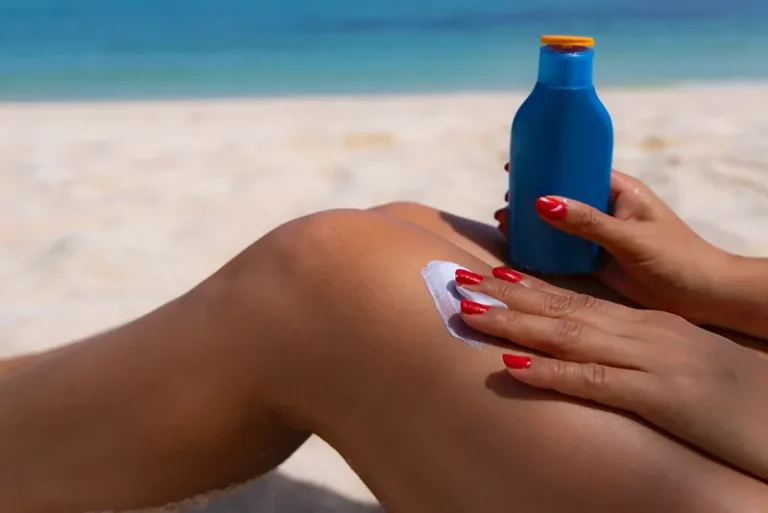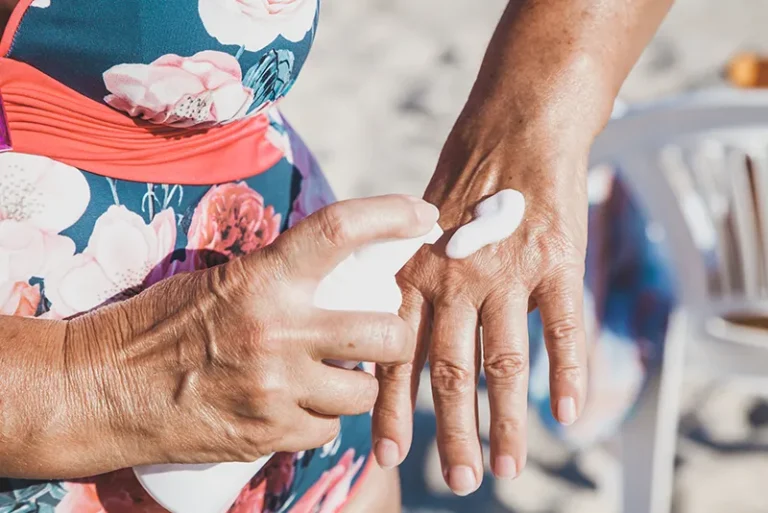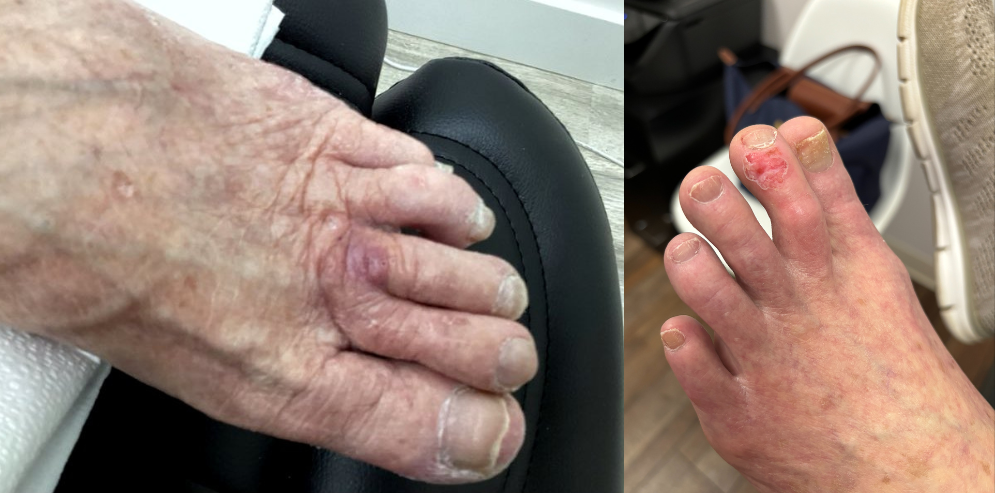Considering your options for skin cancer treatment? Your doctor may suggest Mohs surgery or electrodesiccation as a treatment method. Both procedures are performed on an outpatient basis and involve removing layers of tissue from the cancerous lesion, but that’s where the similarities end. Compare Mohs vs. electrodesiccation in the guide below for a better understanding of each treatment method, then find out how you can learn more about a less-invasive alternative when you discuss the benefits of Image-Guided SRT with a GentleCure skin cancer information specialist.
What is Mohs Surgery?
Mohs surgery is a procedure done in stages. Your Mohs surgeon will remove the cancerous spot in layers, examining each layer under a microscope in between removal. While under the microscope, they are examining the layer of tissue for cancer cells. Here’s a closer look at how Mohs surgery is performed:
- First, a local anesthetic is administered to numb the treatment area.
- Using a scalpel, your Mohs surgeon will remove a thin layer of tissue from the cancerous skin lesion. They will then take the tissue to an on-site lab where they will examine it under a microscope, checking for cancer cells. While this is occurring, the patient waits with a bandage over the wound.
- This process is repeated until no more cancer cells are detected.
- The wound may or may not require stitches to heal, depending on its size and location. If the wound is very large, a skin graft may be necessary to close it.
What is Electrodesiccation?
Electrodesiccation and curettage, sometimes called EDC, is a procedure in which a patient’s doctor uses a spoon-shaped surgical instrument called a curette to remove the top layers of skin from a cancerous spot. Then, they heat the surface of the wound with an electrosurgical instrument. Here’s a closer look at how electrodesiccation and curettage is performed:
- Before the procedure begins, the treatment area is numbed with a local anesthetic.
- Once the area is numb, your doctor will use a curette to remove the top layers of skin from the cancerous spot.
- To help control bleeding and destroy any remaining cancer cells, the wound’s surface is then heated with an electric current administered through a needle-shaped electrosurgical instrument.
- This process may be repeated up to 2 or 3 times.
- The wound is covered with ointment and a bandage, and the patient is sent home to heal. The treated area will form a scab, but it may take 3 to 6 weeks to completely heal.
Are There Less-Invasive Treatment Methods?
After comparing Mohs vs. electrodesiccation, you can see that their procedural steps are quite different. However, they both require layers of skin to be removed, leaving patients with a wound. Unfortunately, a post-treatment commonality that Mohs and electrodesiccation share is scarring. This may lead some patients to wonder if there are surgery-free skin cancer treatment methods to consider.
If you are seeking a treatment option that requires no cutting or scraping of the skin and leaves no scar, ask your doctor about Image-Guided Superficial Radiotherapy (Image-Guided SRT). This leading-edge technology treats common skin cancer with low-level radiation, destroying cancer cells and allowing healthy skin tissue to form in their place.
Learn More About Image-Guided SRT With GentleCure
Interested in learning more about how Image-Guided SRT works and what to expect during treatment? Call GentleCure at 855-936-4411 to speak with a skin cancer information specialist today. We’ll provide all of the information you need to help you and your clinician determine if Image-Guided SRT may be right for you.








